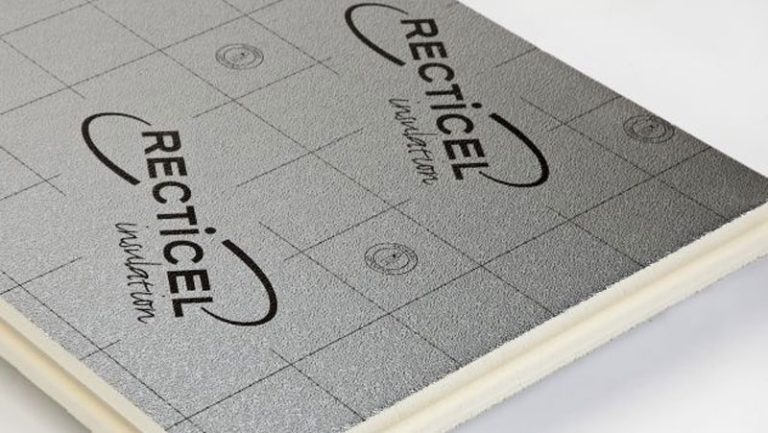Recticel is no stranger to industry-leading solutions. Part of the international Recticel Group based in Belgium, its culture of innovation is well-founded while its in-house expertise continues to see it develop products that bring tangible benefits to the PIR market. Customers have become accustomed to reliable, cost effective solutions from Recticel’s state of the art facility in Stoke which is certified under BS EN 1SO 9001:2008 and BS EN ISO 14001:2004 for its quality and environmental practices. Its reputation is built upon a technical knowledge like few others thanks to the experience of its in-house team, supporting clients on the best PIR insulation product for their needs. Its latest innovation is less a technology ground-breaker and more an initiative to offer better value. Its new u-value calculator has been produced to help those needing to establish the thermal performance of a building. It will be made freely available by Recticel. The product has wide coverage across Recticel’s portfolio which includes cavity walls, timber and steel-framed walls, floors, soffit lining applications and flat and pitched roofs. It has been specifically designed to provide quick access to accurate calculations of common instructions. Paul Forrester, Recticel technical specialist, called it a “user-friendly” enabler, citing the opportunity for users to gain calculations close to the standards required by the Competency Scheme without having an accredited contractor there to perform it themselves. He said Recticel supported the BBA’s benchmark for u-value calculation but acknowledged that customers at times want to carry out their own work. This latest product will enable users to get a quick “ready-reckoner” or experiment with different solutions to get a better u-value rating. The registration-free calculator is a modified version of the company’s own software. Recticel ensures that calculations comply with the latest regulations surrounding the built environment and carbon reduction programmes alongside providing advice on installation best practices and such elements as condensation risk analysis.





